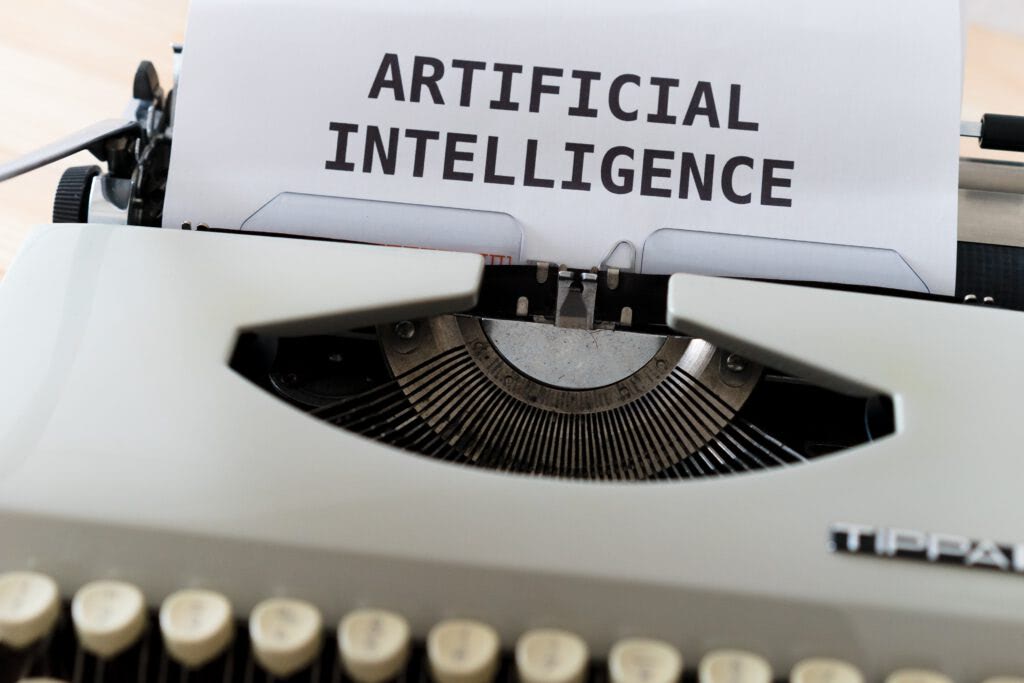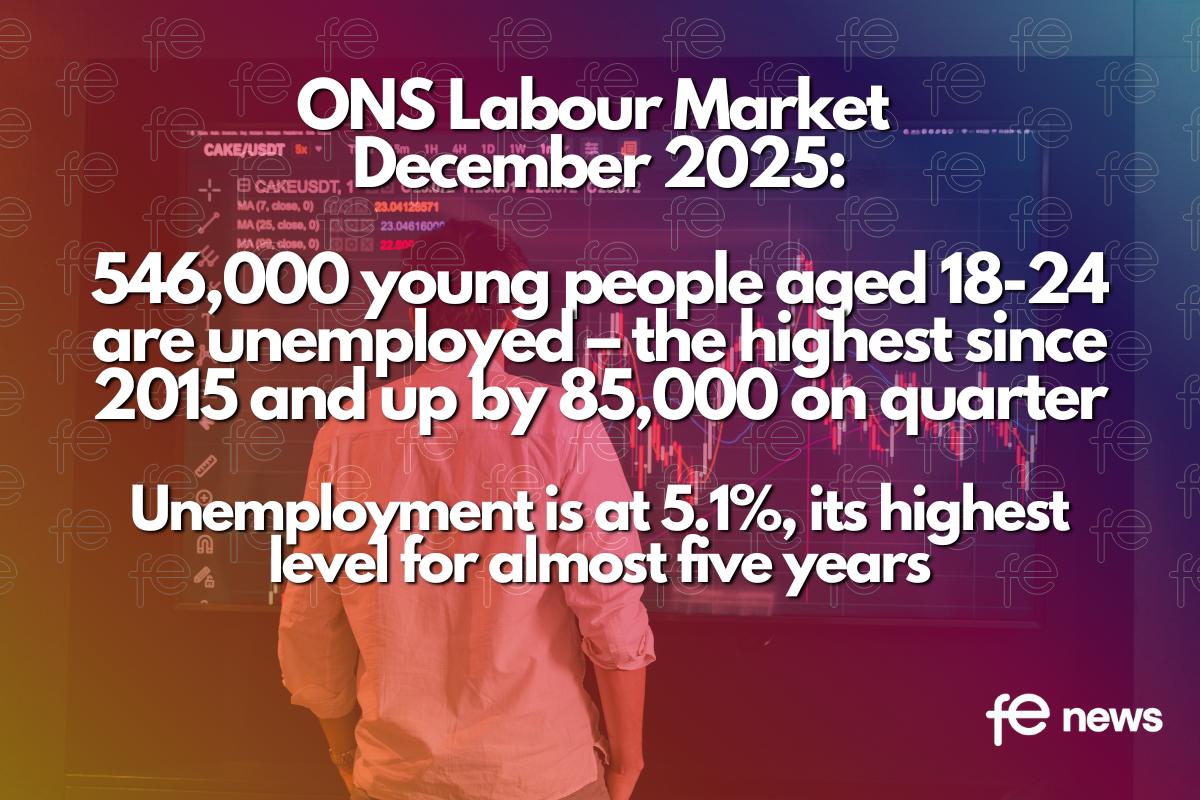How is Artificial Intelligence Challenging the Translation Industry?

Language is perhaps the most defining factor of humankind. What makes humans different from other animals on the planet is our ability to speak out and communicate via framed words and sentences. The language of a population is one of the most defining factors across countries and nationalities, regions, and cultures. It can define the history, sociocultural situation, and even geographic diversity.
From ancient times, there has been a trend for people to understand the language of one another. History traces back to Greeks and Romans traveling all across the world to discover, decipher and translate languages to find out the cultural, political, and social situations from one era to another. This made it possible for the histories of various countries to be written down, and in such a way, the first written records of man were preserved. These records later went on to define civilizations across the globe.
The Glorious Days of Translation
This ancient art of translating languages became more sophisticated and advanced with time. In a modern world, translation of languages became one of the most important professions. Translators were considered as invaluable assets for every country. The highest political, cultural, and diplomatic connections between people from different countries were established only because translators were present.
Times have changed. The digital wave swept over the world, so language is no longer a barrier. The technology present today has developed methods to translate everything to the user’s desired languages. This is why the big industry of translation is slowly being shifted to the background.
AI and Languages
As high-tech tools for translation purposes became more accessible to the general population, the language translation process became easier. And finally, with Artificial Intelligence, a.k.a. AI, being introduced to most translation services and websites, the need for human interference became close to none.
But was it really the case? Let us see some of the greatest impacts AI has on the translation industry in the present-day scenario.
1. Dramatic Reduction of Manpower
Perhaps one of the many downsides and one of the biggest challenges of AI being introduced in the translation industry is the loss of jobs. In most cases, AI has replaced humans in the translation process.
This has made the translation services and individual language experts lose their worth in terms of their profession. Though the process of machine translating is more accessible and easy, it does put a number of translators out of their jobs.
2. Creates Inclusivity
This is a great positive change that AI has brought into the translation industry. The study of languages, translation, and building a vocabulary for new language learners has been made way easier than it was earlier.
Learning a new language was quite an exclusive affair, which is also a reason why the number of people going into translation was limited. But with AI making it possible for anyone to pick up words and phrases of more than one language easily, that environment has been almost eliminated.
3. Change in the Academic Scenario
In many academic curricula, learning a new language is encouraged. This helps students to become culturally diverse. They can also add this as an extra skill to their profile. With AI-based apps entering the internet, it has become a very easy task to start a new lesson from anywhere.
Outside the classroom, students have a great chance to refer to these apps rather than going to a teacher at every point. While it is a good thing that it has enabled students to become their own teachers, it has also decreased the value of a professional. A number of people in the translation industry who would choose teaching as a second career option may sometimes be discouraged, considering the circumstances.
We can observe that the impact of AI on the translation industry is more negative than positive. But if we look at it from another side, there are certain things we clearly notice. These are:
● The Missing Link
As mentioned earlier, language is the one factor that makes us differ from every other species of the animal kingdom. Therefore, no matter how powerful an AI is being used for translation, it will never have the same impact as a person explaining themselves from one language to another.
A great example to explain this would be dialects. All around the world, there can be hundreds of different dialects of a single language that define the local population. It makes them distinct and the linguistic differences have to be kept in mind while communicating with them. And a machine translation system cannot always keep track of these as any human translator can.
● The Contextual Problem
The words we use and the way we speak make sense in the context of a conversation. A machine cannot necessarily always pick up the context and this leads to misinterpretations of a language. This is where translation services become more important.
For instance, this difference can be best understood when someone requires literary pieces to be translated rather than a regular conversation or paragraph. When it comes to translating a piece of literature, a person would always pick some of the best translation service as their options rather than the app on their phone. Literary translation requires remaining true to the original work while creating a completely unique piece that evokes the same responses as the original piece.
● Human Connections
Languages are an integral part of the culture of a place. The number of languages people speak, and the influences of other languages in it define cultural diversity. And when it comes to an intangible entity like culture, machines do not come into use.
It is only human interaction and connection that defines the importance of cultures. Culture becomes a defining element in studying the geographical and social importance of the place as well.
From the points mentioned above, one thing can be concluded. That though there may have been many changes in terms of language translation with the advent of technology, it can never remove the human element from its place.
A Brighter Future Ahead
When we think about the future, we imagine a well-connected world where people are able to communicate in a clear and easy manner. This became possible only because we saw how easy life has become with the advent of machines and digital technology. When it comes to a language, translation is no longer seen as a barrier to communication. It is just the medium through which people can communicate and come closer, from any part of the whole wide world.
For the future of companies involved in translation and language studies, it may seem like they have a threat from the increasing demand for machine translation. However, if we come to think about it, there may be a silver lining after all. Once the process of translation with AI is made more efficient, it is the translation companies that have the opportunity to train these machines and make them more diverse and intelligent. We might go as far as to say that one day, machines and human translators can be next to each other, working in unison to make this world closer in terms of language.











Responses